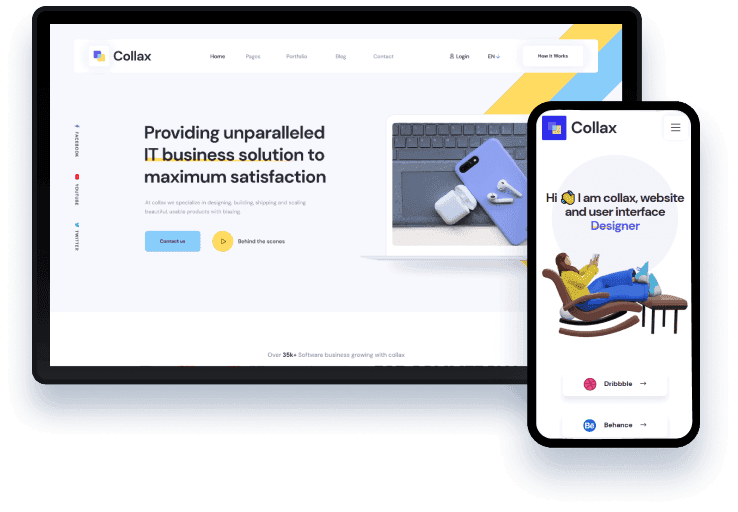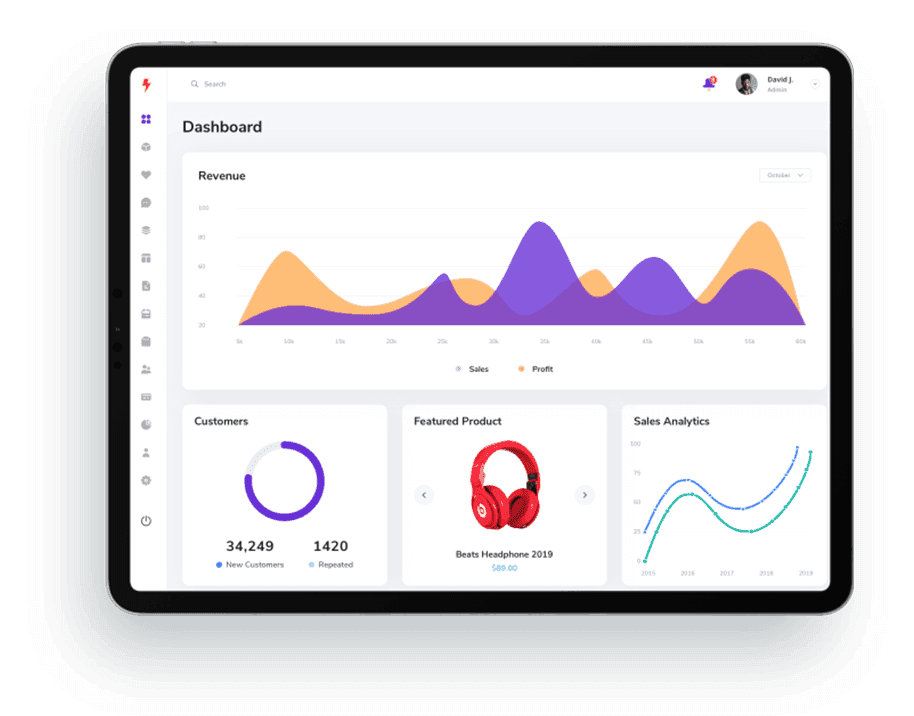Conversational UI: Are Chatbots the New Standard for Customer Care?
By 2025, conversational UI chatbots will be the norm for modern customer service. Businesses in many fields are changing how they interact with customers because of better AI, the need for quicker, more personalised service, and the need for more efficiency.
People want answers right away these days. They need help right away, whether they're making a reservation, checking an order, or fixing a problem. People want help right away, which is why conversational UIs and AI-powered chatbots are becoming more popular. These tools help businesses talk to their customers more easily.
The Rise of conversational UI in customer service
Chatbots and voice assistants are types of conversational user interfaces (CUIs) that let businesses talk to customers right away. They make apps for texting, websites, and phones. CUIs are like real people because they use smart technology to understand questions, give answers, suggest products, and fix problems. This makes things go more smoothly and easily.
AI Chatbots are changing how businesses can help their customers. Customers no longer have to wait on the phone for a long time or deal with a website is hard to understand and/or navigate. With CUI, it feels like having a conversation with a real person to deal with your service inquiries. This saves time and makes the customer support feel more personal.
Why chatbots are becoming essential
Businesses can't ignore the many benefits of using AI-powered chatbots. By 2025, about 80% of businesses are expected to use chatbots to help customers or plan to do so. These AI tools can handle most simple questions, which lets people work harder on the more important problems.
Real-world case studies
OPPO: Electronics Retail
Tidio: SME Customer Support
Marriott International: Hospitality
Comparative insights
Here is a comparison of the most important performance factors for AI chatbots and traditional human customer care models:
| Performance Aspect | AI-Powered Chatbots (Sobot) | Traditional Human Agents | Impact/Notes |
|---|---|---|---|
| Customer Satisfaction Increase | 25% increase | N/A | Faster response and resolution |
| Customer Retention Increase | 20% increase | N/A | Linked to AI efficiency |
| Response Time Reduction | 30% reduction | Much slower | 60% of customers abandon after long waits |
| Resolution Rate Increase | 25% increase | N/A | AI accelerates routine issue handling |
| Routine Inquiries Handled | Up to 80% | N/A | Frees agents for complex/emotional cases |
| Frees agents for complex/emotional cases | 52% faster | Slower, especially for simple issues | AI excels in fast ticket closure |
| Demographic Preference | 55-60% Gen Z/Millennials (AI) | 55-60% Boomers/Gen X (Humans) | Suggests a hybrid approach |
| Operational Cost Reduction | Up to 30% less | Higher costs | AI reduces manual workload |
| Empathy and Complex Issue Handling | Limited, escalates cases | Excellent for emotional/sensitive | Hybrid model recommended |
Enhanced personalization and engagement
These days, chatbots are more than just tools for asking and answering questions. They connect to backend systems to give personalized service:
Multichannel and omnichannel support
Today, chatbots can communicate with each other on a lot of different platforms. This ensures a smooth experience across all channels, hence customers get the same level of experience, whether it is through chat, social media, or other channels.
Data-driven insights
Chatbots gather and store useful information on what the customers want, problems they face, and the way they act. This helps companies to make their products, services, and marketing better, as this method is based on proven data, allowing businesses to stay one step ahead of the competition.
The Future: Proactive and caring automation
As AI gets better, chatbots will be able to figure out what customers need, fix problems quickly, and show that they care. This will make customer service not only useful, but also more friendly and human. A lot of companies are making their chatbots better so they can help customers more.
In short, conversational UIs and chatbots are changing the way people get help by providing quick and personalised service. As AI gets better, chatbots will be able to quickly meet customer needs and do so in a friendly and human way.
Frequently asked questions
Chatbots can do repeated tasks again and again, such as answering simple questions; however, human agents are best suited to deal with complicated or emotional issues.
AI platforms combine chat, email, voice, and social media, making it easier for customers to get help through any of these platforms. This means that customers can get help from different platforms at any time.
Yes. AI-powered automation and trained human agents have different skills. AI can do many simple tasks without emotional/physical drain; however, human agents are best suited for more difficult problems, which require understanding and skill.
Also Read: Unlocking ROI in Digital Marketing (2025): Beyond the BasicsBy Digital Team. Updated on 11-11-2025
conversational UI customer care automation AI chatbots customer service technology digital customer experience chatbot development Dubai
02-08-2025
Bulk Email: How Email Helps Ensure Delivery?
05-05-2025






